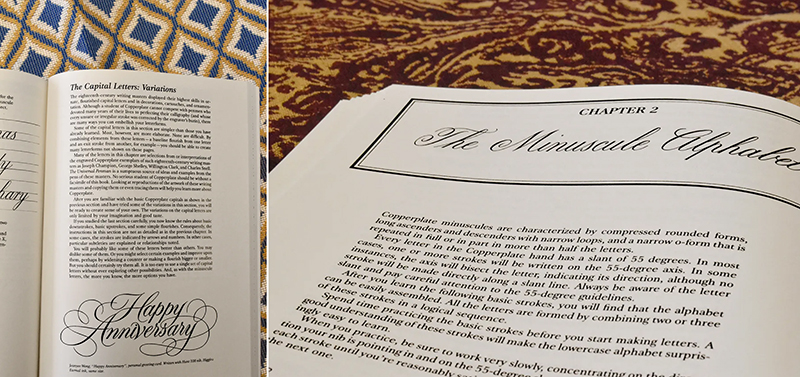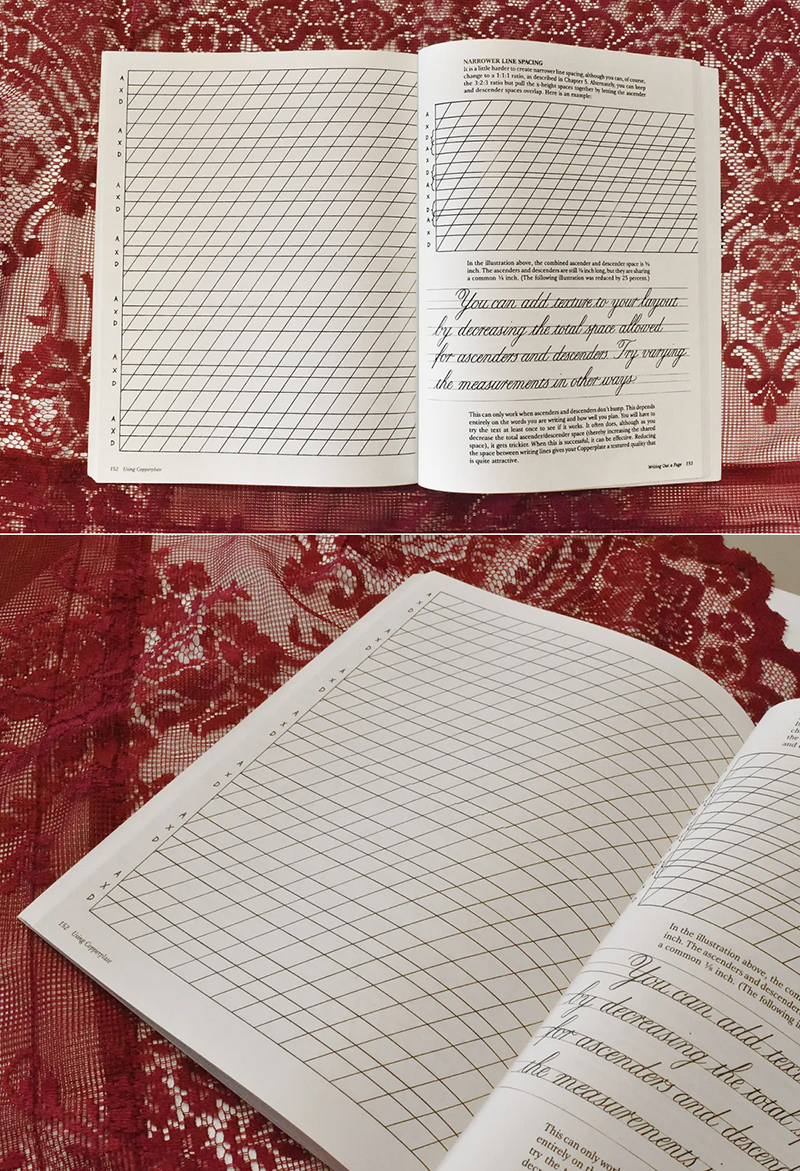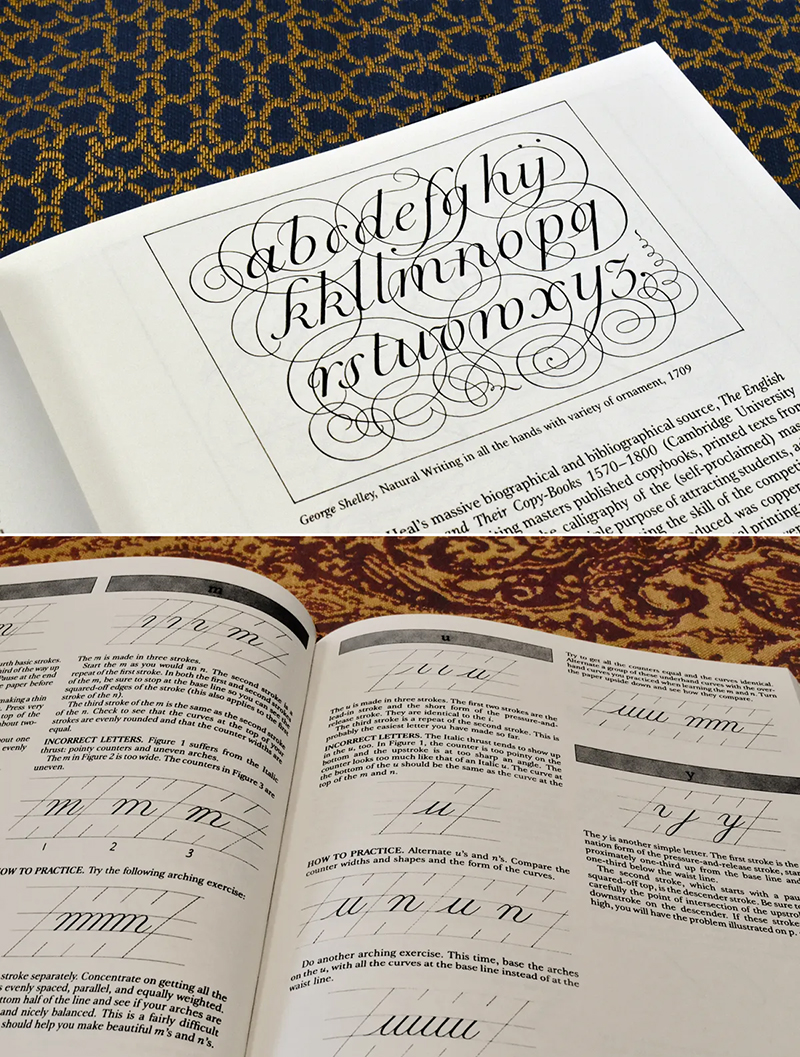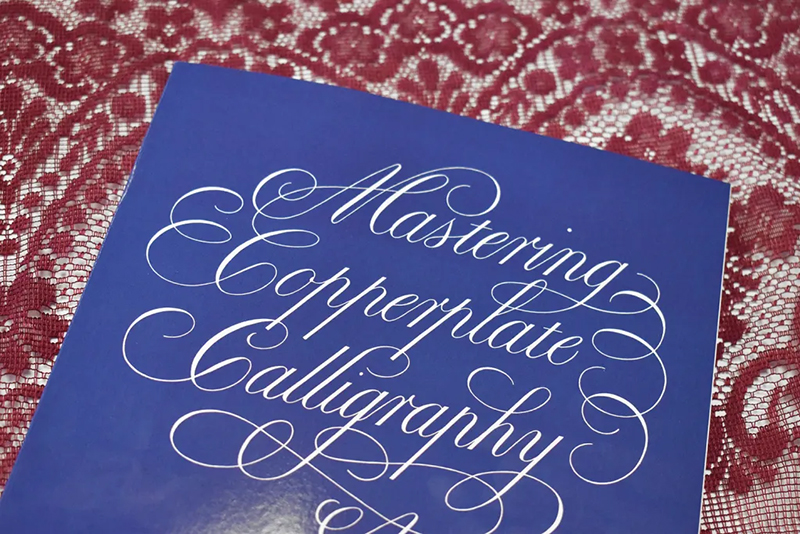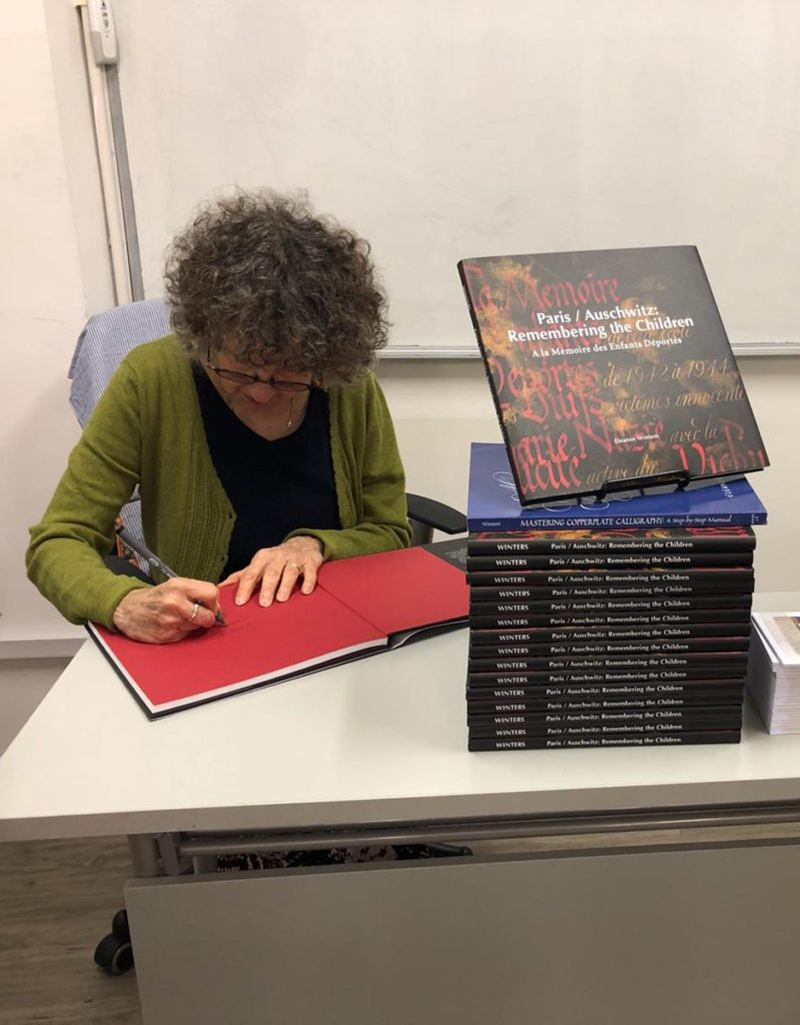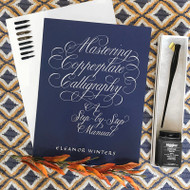
Mastering Copperplate Calligraphy by Eleanor Winters
Posted by Sarah @ PIA on Jan 19th 2023
Calligrapher, author, exhibiting artist, and teacher Eleanor Winters has been an active participant in the calligraphy community for decades. Winters's resume includes a long list of artistic achievements and contributions; she was director of New York City's Calligraphy Workshop for 25 years, a Professor of Art at Long Island University, and is currently a faculty member of the New York Society of Scribes calligraphy program. Winters teaches workshops around the globe and has exhibited her work in museums and galleries across the United States and Europe.
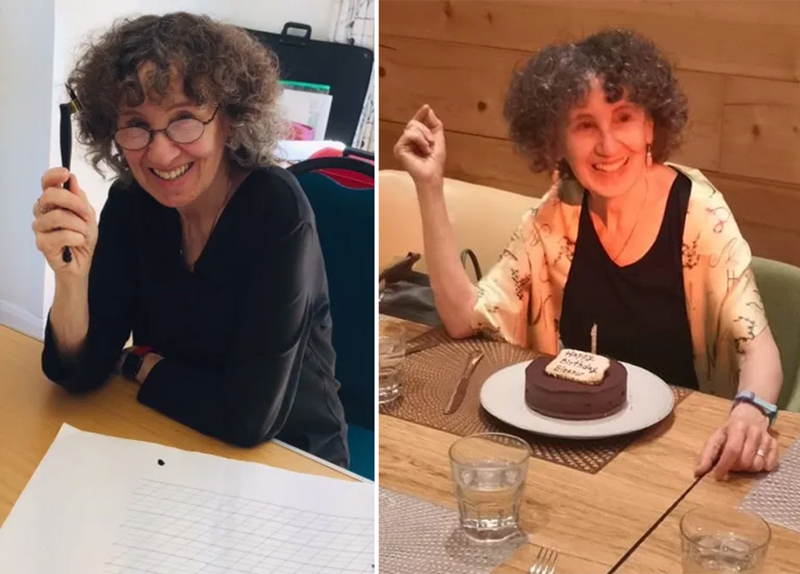
Winters has published five books that cater to a variety of ages and skill levels. Calligraphy for Kids (2004) and Calligraphy 1-2-3 (2006) are directed towards younger students, helping children develop an appreciation and a talent for calligraphy that will grow along with them. Italic and Copperplate Calligraphy (2011) is a fantastic guide for calligraphers who are ready to move beyond the basics; tips on letterforms, color, texture, posture, and doing work for customers are included in these pages. However, the focus of this article is Mastering Copperplate Calligraphy: A Step-by-Step Manual (2000). This book is a wonderful resource for beginner calligraphers interested in learning the Copperplate style, and we're excited to outline the valuable lessons featured in its pages.
There is tremendous gratification in making an elegant curve, a beautiful letter, or even a good stroke. The opportunity to master Copperplate is offered to you for your pleasure as a student, an artist, and a calligrapher. - Eleanor Winters, Mastering Copperplate Calligraphy, page 9
Part One, Historical Background, gives readers a comprehensive account of Copperplate calligraphy's beginnings, starting with its initial popularity and importance amongst English writing students throughout the seventeenth and eighteenth century. Winters speaks of writing masters who reproduced their elegant flourishes in copybooks designed to demonstrate their expertise and attract students. The eventual commercial success of Copperplate as a quick, legible business script is detailed, as well is its eventual fall due to the invention of the ballpoint pen. Included throughout this history are many examples of traditional Copperplate script by artists such as Joseph Champion, Charles Snell, and George Shelley.
The next section, Learning Copperplate, begins providing readers with information about the fundamentals of Copperplate script. Chapter One defines a series of calligraphic terms that beginners may be unfamiliar with, and includes a detailed list of tools and materials that will prove to be invaluable once practice begins. Winters gives readers advice about habits to follow while practicing Copperplate calligraphy, as well as habits to break. A step-by-step guide on how to create slanted guidelines with a pencil, ruler, and protractor is included, as well as a thorough introduction to inserting, holding, applying pressure, and dipping a flexible pointed nib.
Calligraphy involves the mind as well as the hand. Although learning to control the pen may at first seem to be merely a physical task, a full understanding of Copperplate demands that you pay careful attention to what you are doing. - Eleanor Winters, Mastering Copperplate Calligraphy, page 25
Chapter Two focuses on minuscules, or lowercase letters. Winters provides definitions for a series of fundamental strokes, including the full pressure stroke, the o-form, ascender loops, and more. Included along with each definition are examples of common incorrect strokes, making it easy for readers to identify mistakes and correct them. Once a basic understanding of strokes has been established, Winters introduces readers to full letters. Rather than explaining letterforms in alphabetical order, Winters groups letters by similar types, a method which helps readers recognize relationships between letterforms and learn more quickly and thoroughly. Common incorrect letters are included along with each instructional guide, once again making it easier to identify and correct mistakes.
After introducing each letter, Winter does not immediately move into writing full words. Instead, she covers two areas of study that must be understood beforehand: letter connections and spacing. The author suggests patiently practicing how to connect every letter in the alphabet to every other letter before moving on; this will ensure an exhaustive understanding of the Copperplate script. Winters rounds out this chapter with a list of minuscule variations, including simplified ascenders, double-loop combinations, and alternate versions of individual letters.
Chapters Three and Four include all the above-mentioned information, but for capital letters as well as numbers and punctuation, respectively.
Copperplate capitals are a delight. From the simplest forms to the most elaborate, they are fun to write and enchanting to look at. After the strict discipline of the minuscules, learning capital letters is a treat. - Eleanor Winters, Mastering Copperplate Calligraphy, page 80
Part Two rounds out with Chapter Five: Changing the Size of the Letters. Here, Winters provides valuable advice on adjusting the size of your Copperplate script without sacrificing the form. The author suggests decreasing and increasing the size of your calligraphy gradually, as well as drawing new guidelines which correspond to the size you are aiming for. Winters tells readers when to adjust the heaviness of their downstrokes, proper practices for adjusting letter ratios, and even gives examples of size-variant limitations.
Part Three, Using Copperplate, helps readers transition from practicing calligraphy on bond paper to making a finished work. Chapter Six gives readers advice for branching beyond traditional black, including colored paint recommendations, common problems when writing with gouache, and the advantages of using color.
Color can greatly increase your range as a calligrapher and as a designer. The use of color in a word, line, or even a letter can bring an ordinary piece of work to life. - Eleanor Winters, Mastering Copperplate Calligraphy, page 139
Chapter Seven covers all things paper, and is especially great for beginners who are overwhelmed by the amount of paper choices available from fine art retailers. Winters outlines numerous criteria to be considered when choosing paper, including pH value, texture, and rag content, as well as guidelines for making paper samples and a list of her personal favorites. Chapter Eight covers one of the most difficult achievements a beginner or intermediate calligrapher can undertake: writing out multiple sentences in Copperplate script. Winters guides the reader through this process step-by-step, covering simple paragraphs, quotations, and poetry. Detailed instructions are included in regards to margins, line spacing, centering, and where to place speaker/author credit on the page.
Once you've conquered the art of writing multiple lines of script, flip to Chapter Nine: Commercial Calligraphy, which summarizes best practices for Copperplate calligraphy on envelopes, name-cards, invitations, and other professional opportunities. Mastering Copperplate Calligraphy's final chapter details a vital skill for calligraphers of all levels: fixing mistakes. From retouching reproduction work and original pieces to erasing pencil guidelines and cropping your work, Winters covers all the bases.
Calligraphy requires just a very few basic needs: pen, ink, dexterity, and most of all, zeal. - Eleanor Winters, Mastering Copperplate Calligraphy, page 66
This book is well-loved for a reason. It is truly the best way to learn the script, save for attending hands-on, in-person calligraphy classes. Beginners will absorb a comprehensive understanding of Copperplate in a series of detailed but easy-to-understand lessons. Even intermediate calligraphers will find this book helpful, especially those who are interested in taking their calligraphy practice to a professional level. Start your journey to graceful, rhythmic lettering with Eleanor Winters's Mastering Copperplate Calligraphy.
Keep an eye out for Eleanor Winters's newest book, coming to the United States by February 2020:
"Paris / Auschwitz: Remembering the Children is a collection of calligraphic paintings commemorating more than 6000 Jewish children who were deported from Paris and murdered in the Nazi concentration camps during the Holocaust. The series consists of more than 200 paintings, done with ink, gouache, oil and acrylic paints and oil pastels, with calligraphic texts based on plaques installed throughout Paris, asking us not to forget these young victims. Forty of the paintings are included in this book, as well as essays by the author, by Barry Morentz, and French writer Roselyne Kraft."
Many thanks to Eleanor Winters for providing photos of herself, as well as information about her newest publication. You can purchase Mastering Copperplate Calligraphy here.

